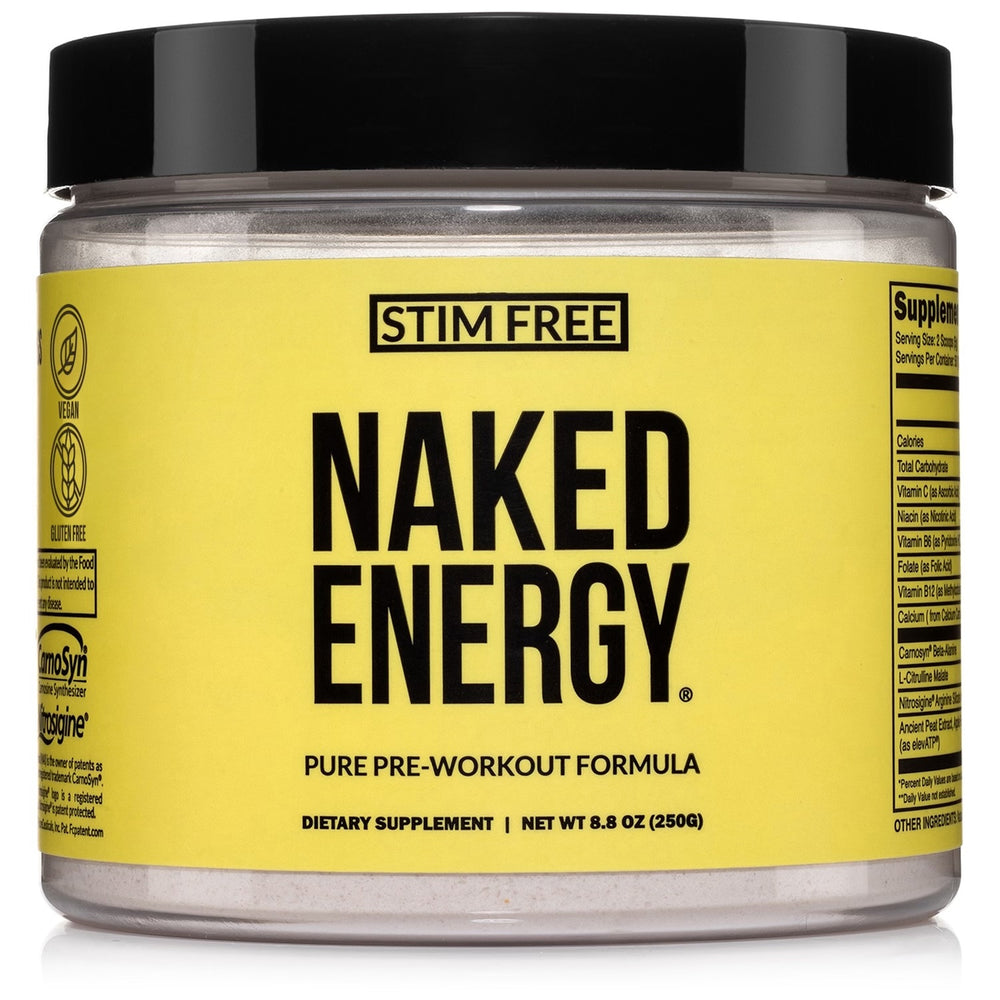Every lift has two halves: the way up and the way down. The scientific terms for these two phases are the concentric (lifting) and eccentric (lowering) phases.
Most people focus on just getting the weight up, but the truth is each phase stresses your muscles differently. And each drives unique adaptations.
Understanding how concentric and eccentric movements work can change how you build muscle, gain strength, or protect your joints. In this article, we’ll break down the science of both phases and show you how to use them to get more out of every rep.
What Are Concentric and Eccentric Movements?

In short: concentric = shortening of the muscles, eccentric = lengthening.
The two movements are the two main phases of almost every exercise.
The concentric phase is when a muscle shortens as it contracts, like curling a dumbbell up in a biceps curl or pressing a bar off your chest in a bench press.
The eccentric phase is when a muscle lengthens under tension, like lowering the dumbbell back down or controlling your descent into a squat.
The difference is simple: concentric is about producing force to move a weight, while eccentric is about resisting force and controlling it.
Because your muscles are stronger when lengthening than shortening, the eccentric phase often carries more of the stimulus that drives muscle growth and resilience.
The Science of Muscle Tension and Adaptation
Even though concentric and eccentric phases look like mirror images, your body doesn’t experience them the same way.
Research shows that muscles can generate up to 20-40% more force during eccentric contractions compared to concentric ones, and they do it at a lower energy cost.
That’s why lowering a heavy weight often feels easier than lifting it, even though your muscles are still working hard.
This difference has big implications for adaptation. Eccentric work creates more mechanical tension and microscopic damage in muscle fibers (see Proske & Morgan’s research in the Journal of Physiology), which is one of the key triggers for hypertrophy (muscle growth).
In addition, Brad Schoenfeld’s research on muscle development highlights that eccentric loading often leads to greater growth when compared to concentric-only training, even if the total volume is matched.
Concentric movements, on the other hand, are more metabolically demanding. They require more immediate energy, ramp up your heart rate, and place greater stress on your cardiovascular system.
That makes them critical for building explosive strength and power, as well as for calorie expenditure during higher-rep or circuit-style training.
In short: eccentric phases excel at building muscle and strengthening connective tissue, while concentric phases are essential for developing force, speed, and metabolic conditioning.

Benefits of the Eccentric Phase
If you’ve ever been sore for days after lowering yourself slowly in a workout, you’ve felt the power of eccentric training. Here’s what that means for your training.
Increased Muscle Growth
When a muscle lengthens under load, it experiences greater mechanical tension and microscopic damage compared to the lifting phase.
This “controlled stress” is one of the strongest signals for your body to repair and grow muscle.
Research consistently shows that eccentric training can lead to greater muscle hypertrophy than concentric-only training when total work is matched.
Injury Recovery & Prevention
It also strengthens tendons and connective tissue, which is why physical therapists often prescribe slow eccentrics for injuries like Achilles tendinopathy or “jumper’s knee.”
By progressively overloading the lowering phase, you build resilience where it matters most.
Increased Load Potential

Another unique benefit is that your muscles can handle more weight eccentrically than concentrically.
That’s why many lifters can lower a weight under control that they could never lift back up alone. Advanced lifters sometimes take advantage of this with eccentric-only training, where spotters or machines help with the lifting phase so the lifter can overload the lowering.
This can be a powerful hypertrophy tool, though it also creates more muscle damage and soreness, so it needs to be used sparingly.
The trade-off is recovery. Eccentric-heavy sessions often leave you more sore and may extend recovery time.
That doesn’t mean you should avoid them. Just that programming them wisely is key.
Benefits of the Concentric Phase
The concentric phase is the “hard part” most people think of in lifting; the push, the pull, the drive against resistance.
While it doesn’t create the same level of microscopic muscle damage as eccentrics, it plays a crucial role in strength, speed, and overall performance.
Metabolic Conditioning & Cardio
Concentric contractions are more metabolically demanding, meaning they burn more immediate energy and elevate your heart rate.
This makes them highly effective for conditioning, burning calories, and training your cardiovascular system under resistance.
If you’ve ever felt gassed after a set of high-rep squats or kettlebell swings, that’s largely the concentric demand.
Training for Strength & Power
Concentric movements also shine when it comes to explosive power and strength.
Sports like sprinting, jumping, or Olympic weightlifting rely heavily on rapid concentric contractions (the ability to generate force quickly).
Training with concentric intent (lifting explosively, even if the bar moves slowly under heavy load) helps develop the neural efficiency needed for maximal strength.
Less Muscle Soreness
Concentric-dominant training tends to create less muscle soreness than eccentric-focused work.
That makes it useful in phases where you want to push intensity or frequency without being slowed down by lingering DOMS (Delayed Onset Muscle Soreness).
Sled pushes, medicine ball throws, and Olympic lifts are great examples of movements that emphasize concentric effort while minimizing eccentric stress.
In short, concentrics are the engine for power, explosiveness, and conditioning, complementing the structural and hypertrophic benefits of eccentrics.
How to Apply This to Your Training

Knowing the differences between concentric and eccentric movements is only useful if you can put it into practice.
The good news is, you don’t need to overhaul your program. You just need to be intentional with how you perform each phase of a lift.
Tempo Training
One of the simplest ways is through tempo training. By slowing down the eccentric phase (for example, taking three to five seconds to lower into a squat or bring down the bar in a bench press) you increase time under tension and give your muscles a stronger growth signal.
This doesn’t mean every rep of every workout should be painfully slow, but sprinkling in controlled eccentrics can amplify hypertrophy and build better joint stability.
Concentric-Focused Training
Emphasizing the concentric phase with explosive intent can sharpen your nervous system and build power.
Think about driving the bar up as fast as possible in a bench press or pushing hard out of the hole in a squat.
Even if the bar doesn’t move quickly under heavy load, your intent to move it explosively makes a difference in your strength adaptations.
Concentric-Only Training
You can also isolate your exercises so you’re only performing one phase.
Concentric-only exercises like sled pushes, tire flips, or certain kettlebell drills minimize eccentric loading, letting you train hard without the soreness that comes from heavy lowering work.
Eccentric-Only Training (Negative Reps)
Eccentric-only training (such as negative reps) uses spotters, machines, or methods like “negative pull-ups,” where you jump or step to the top and lower yourself slowly.
These allow you to overload the eccentric phase with more weight than you could lift concentrically.
Mixing Concentric and Eccentric Training
Focusing on one phase over the other may have certain benefits, but in most cases, you’ll need both as part of your routine.
The key is balance. A well-rounded program uses both phases, but you can tilt the emphasis depending on your goals.
If you’re chasing size, add controlled eccentrics. If you’re training for power or want less soreness, focus more on concentrics.
And if you want the best of both worlds, and the most well-rounded benefits, alternate between phases across training blocks.

Final Takeaway
Every rep you do has two halves, and both matter.
The concentric phase (the lifting, pushing, and pulling) is where you build strength, explosiveness, and conditioning.
The eccentric phase (the controlled lowering) is where you create the muscle tension and micro-damage that drive growth and reinforce your connective tissue.
Most lifters rush through one side or ignore it altogether, leaving progress on the table. By simply paying attention to how you lift and lower, adjusting tempo, and strategically emphasizing one phase or the other, you can squeeze far more results out of the same exercises.







